Weeds & Invasive Plants
All Weeds & Invasive Plants Content
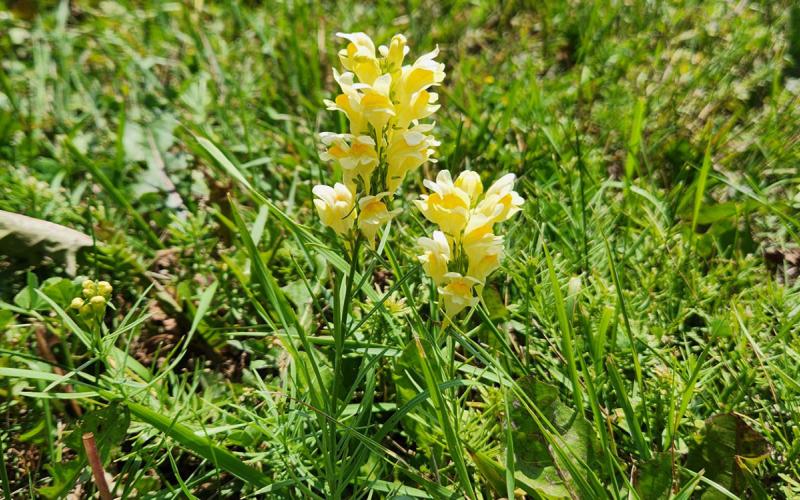
Yellow Toadflax Control
Yellow toadflax is a short-lived perennial plant that infests pasture and rangeland. If not controlled, it can displace native plant species and increase the potential for soil erosion. Learn some tactics for managing it.
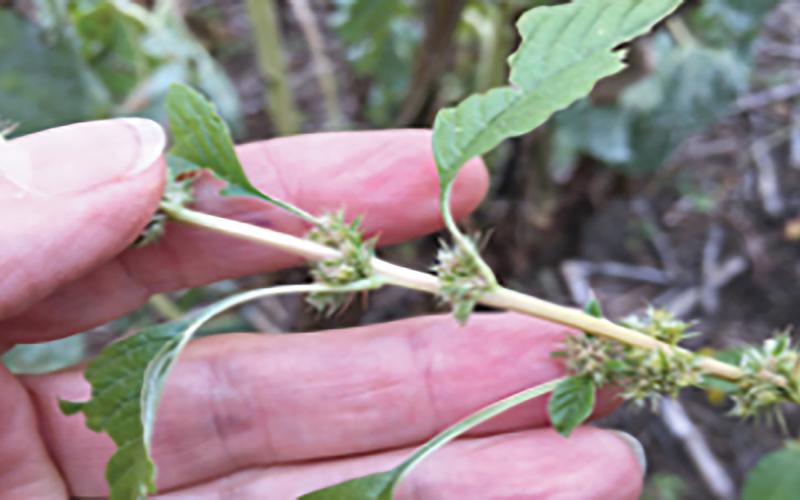
Palmer Amaranth Infestations Have Been Reported in South Dakota
Recent reports of Palmer amaranth infestations are concerning due to its aggressive growth, seed production, and resistance to multiple herbicide groups. Learn some management tactics to help control it before it becomes a serious problem.
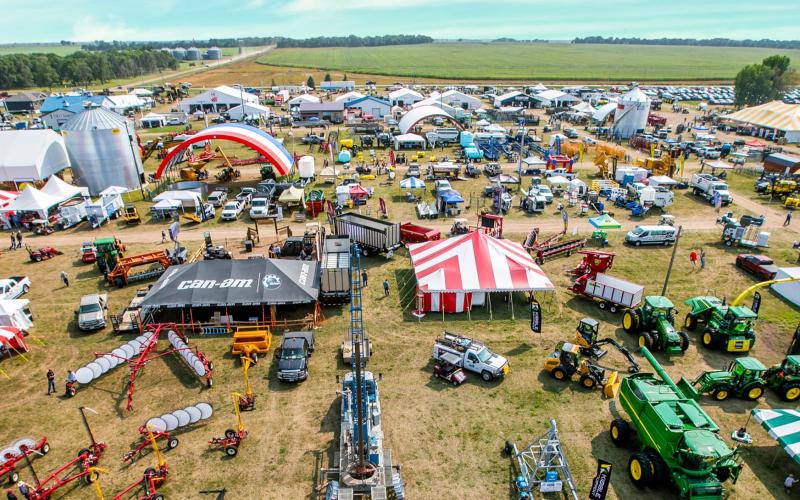
SDSU Extension booth at 2023 Dakotafest to feature livestock, soil and range experts
August 07, 2023
South Dakota State University Extension experts will be at the 2023 Dakotafest to provide information on a range of agricultural and economic issues, from the use of prescribed fire to livestock to weed and soil management.
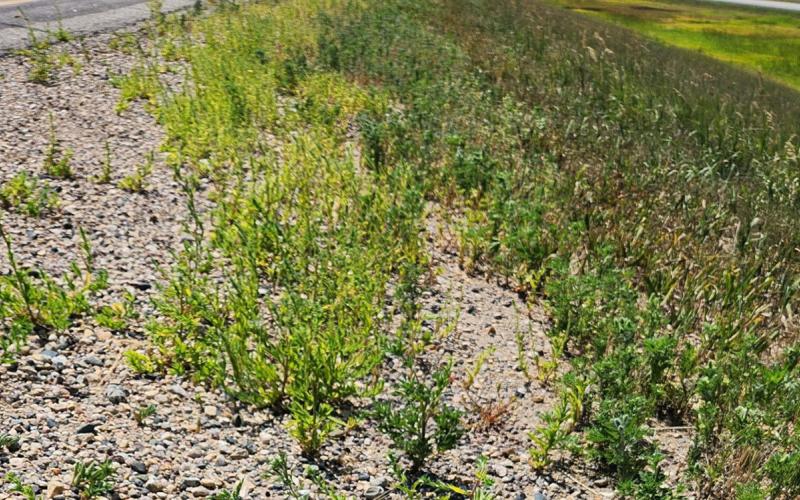
Late-Season Weed Management
At this time during the growing season, many herbicides cannot be applied to crops in the reproductive growth stage. However, weed management can still be implemented. Learn some expert tips for controlling late-season weeds.
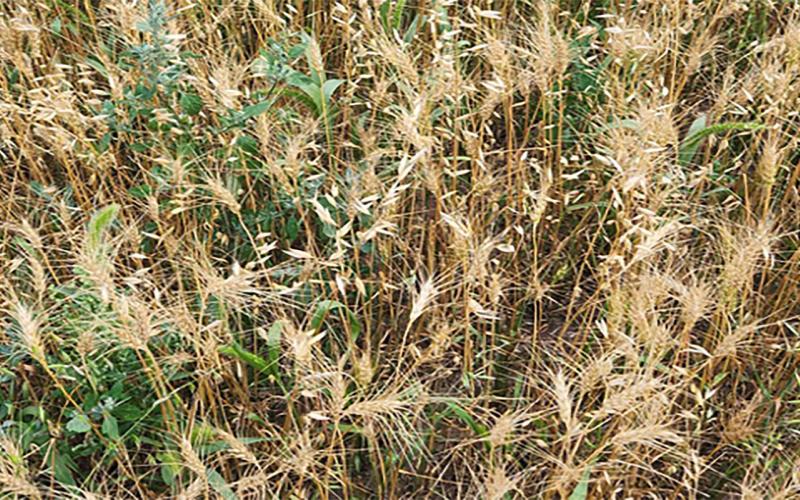
At-Harvest and Post-Harvest Weed Management Tactics in Wheat
Many pre and postemergence herbicides did not adequately control weeds during the 2023 growing season due to early dry and hot conditions. Despite the poor control, there are still options to implement at-harvest and post-harvest to help manage weeds.
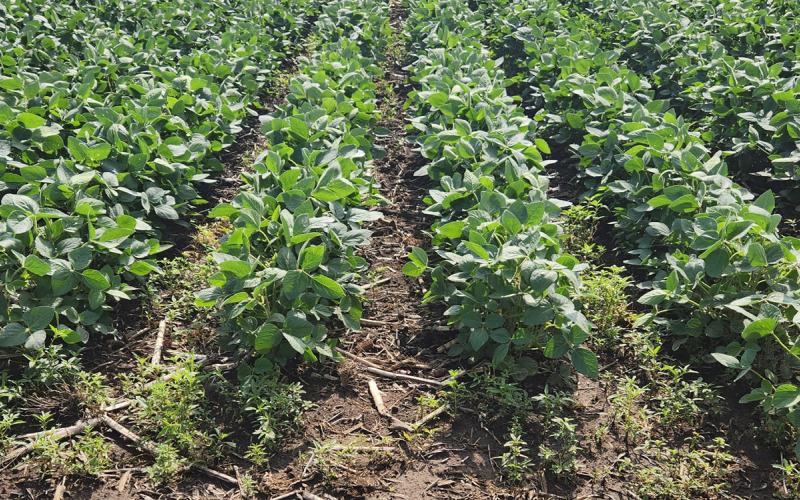
The Value of a Preemergence Herbicide After a Dry Period During the Growing Season
Preemergence herbicides are an essential component of weed management, even when early season weather isn't cooperative. Learn about some of the benefits they can offer following a dry growing season.
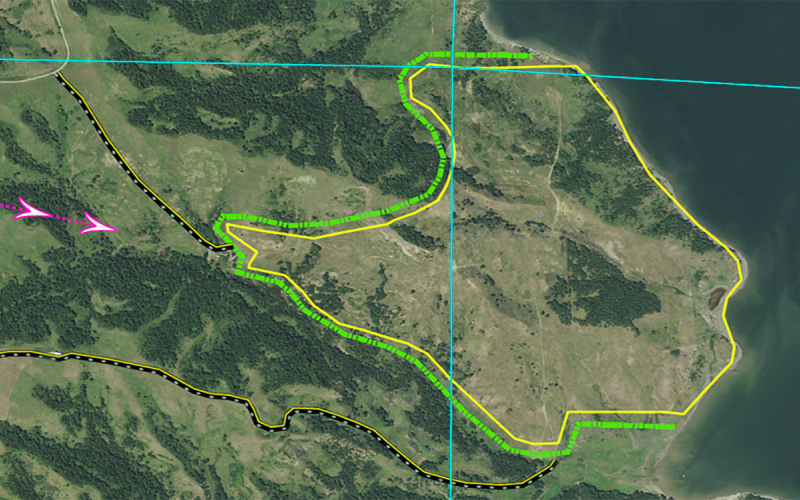
Utilize Targeted Grazing for Firebreaks
Targeted grazing incorporated into an overall rotational grazing plan can be an excellent strategy to reduce an area's available fuel load and create a soft, or green, firebreak.
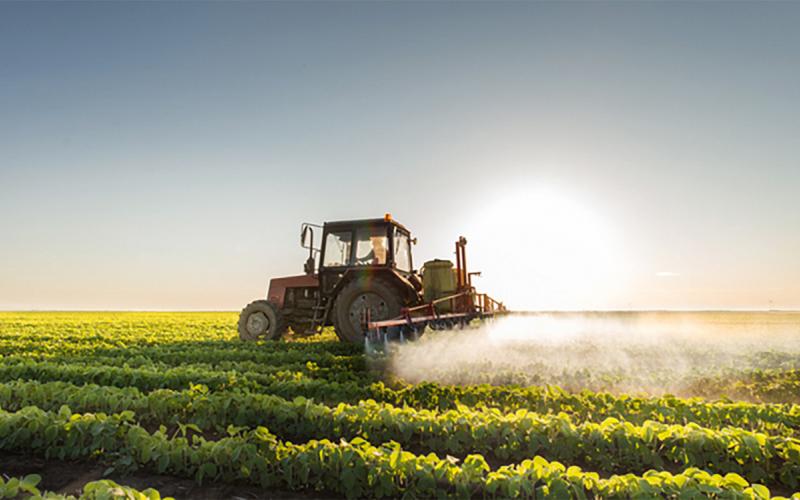
Herbicide Resistance Detection in the Field
Have you noticed weeds surviving a typically lethal herbicide application? There’s a chance they’ve developed herbicide resistance. Learn some expert tips for detecting and confirming resistance in fields.
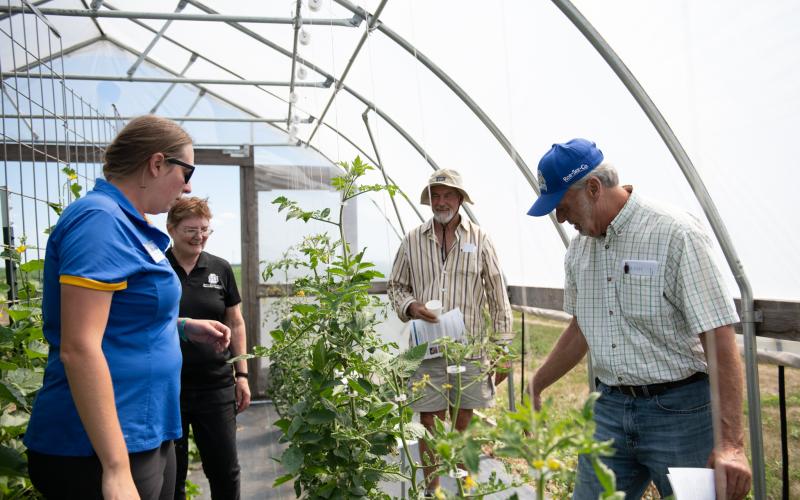
The South Dakota State University Southeast Research Farm to host Field Day on July 11
June 30, 2023
The South Dakota State University Southeast Research Farm Field Day will be held on July 11 near Beresford, South Dakota.
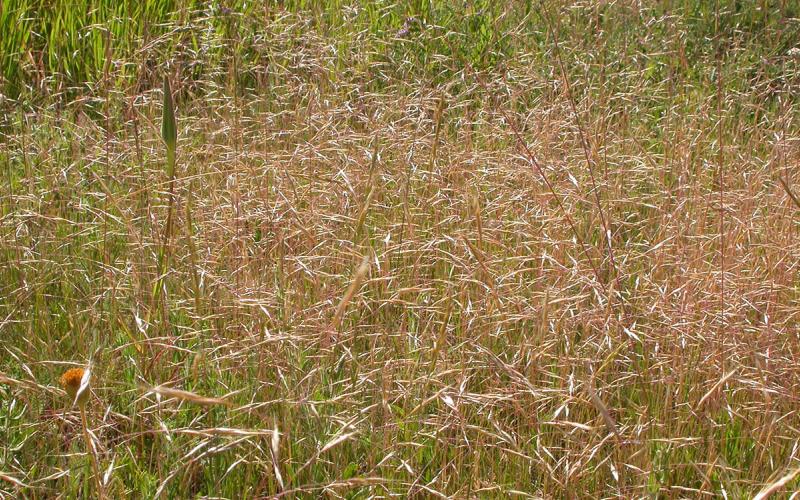
Be on the Lookout: Ventenata
Ventenata is an invasive annual grass that's an emerging threat to South Dakota rangelands due to its ability to exclude desired native species. Learn how to identify, report, and manage it before it becomes a problem in your area.